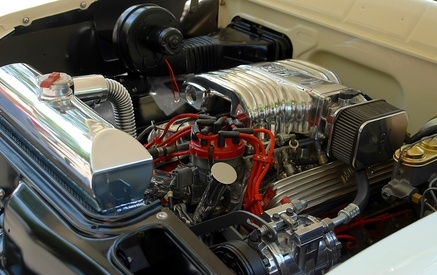
Fuel injectors widely replaced carburetors in car engine models in the 1980s. It is an electrically controlled valve in the engine that delivers a precise amount of pressurized fuel into each individual combustion chamber so that the car can achieve and maintain peak efficiency. Many people clean the fuel injectors themselves or replace them to save money on mechanics. If you need to remove the fuel injectors for any reason, you will need certain tools to make your job easier.
A flathead screwdriver is a small metal rod with a flat tip at the end used for removing screws. It also can be used as a lever to pop off lids and covers during repairs. Depending on your type of car and engine, the flathead screwdriver could be needed to remove screws that hold an engine cover in place. A smaller flathead is also useful for releasing the valve release pin when relieving the fuel pressure from the engine block. It also will be used as a lever to remove the fuel injector retaining clips that hold the injectors in place in the engine.
An Allen socket is a hexagonal tool that inserts into bolts that have a similar shape. It then acts as a screwdriver to either loosen or tighten the bolts. They have various sizes and most will come in a set, but a 5mm socket (or socket wrench) is what generally works best for engine work. Some engines have an injector retaining rail that needs to be removed (and reinstalled) using an Allen socket. Its usage will depend on what type of engine you have, but it is convenient to have a set nearby so you don't end up having to look for one in the middle of your work.
An open-end wrench is a wrench that has two opposing jaws parallel to each other. The jaws are tightened around a bolt in order to facilitate its tightening or removal. This will be useful when you disconnect the fuel supply line and also could be used to hold onto the fuel pressure damper restraining nut while removing the fuel rail. The wrench can also make the job of fitting the injector back into its fitting easier.
You want to have rags handy anytime you are working with a fuel system--you will need to catch any leaking fuel and clean up any fuel spills for safety purposes. If fuel drips down into the engine in areas it shouldn't be, it could become a hazard. Rags can also provide you with extra torque when trying to remove something with your fingers. Oil and other lubricants can make engine parts slippery, and a rag can be used to restore friction and make handling the parts easier with fewer mistakes.